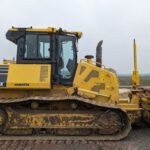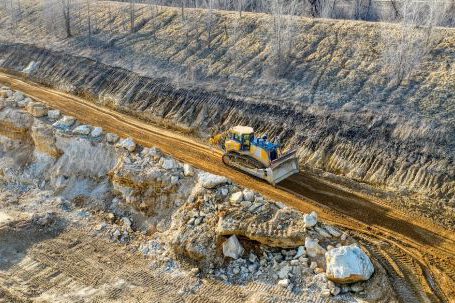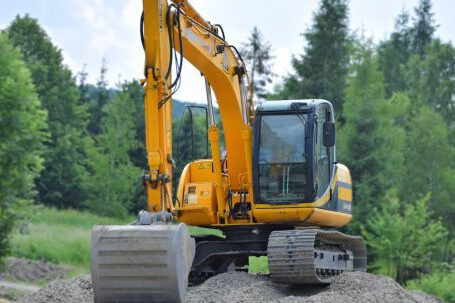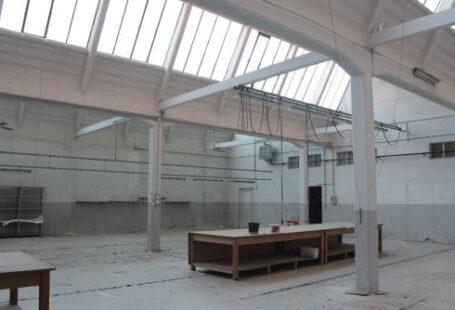One of the most important pieces of equipment used in construction and earthmoving projects is the bulldozer. As a result, proper maintenance of bulldozers is essential for operators to ensure that their machinery is running properly and safely. This article will provide an overview of the best practices for bulldozer maintenance, including pre-use checks, regular maintenance, and troubleshooting.
Pre-use Checks
Before every use, it is important to check the bulldozer for any potential problems. This includes a visual inspection of all components, such as the engine, transmission, hydraulic system, and electrical system. The operator should also check for any signs of wear or damage that may have occurred during the last use. Additionally, all fluids should be checked and topped off as needed. In addition to these visual inspections, operators should also test the bulldozer’s brakes and steering to make sure they are working properly.
Regular Maintenance
Regular maintenance is necessary to ensure that the bulldozer is running efficiently and safely. The owner’s manual should be consulted for specific maintenance instructions. Generally, however, the following should be done on a regular basis:
- Check and replace any worn or damaged parts as needed.
- Check and top off all fluids.
- Change the oil and filter at the manufacturer’s recommended intervals.
- Check all hoses and belts for signs of wear or damage.
- Inspect the brakes and steering for any problems.
- Check and clean the air filter as needed.
- Clean and lubricate the track and sprockets.
In addition to these regular maintenance tasks, operators should also inspect the bulldozer’s blades for any signs of wear or damage, and replace them if necessary.
Troubleshooting
Even with regular maintenance, bulldozers can experience problems from time to time. If this happens, it is important to diagnose the problem and take corrective action as soon as possible. One of the first steps is to check the fluid levels and top them off as needed. If the problem persists, the operator should use a diagnostic tool to pinpoint the issue.
If the problem is related to the engine, it is important to inspect the fuel system and replace any worn or damaged parts as needed. For problems related to the hydraulic system, it is important to inspect the hoses and seals for any signs of wear or damage. Again, it is important to replace any worn or damaged parts as needed.
Conclusion
Bulldozer maintenance is essential for operators to ensure that their machinery is running properly and safely. This article has provided an overview of the best practices for bulldozer maintenance, including pre-use checks, regular maintenance, and troubleshooting. By following these best practices, operators can ensure their bulldozers are running at their peak performance and are safe for use.






